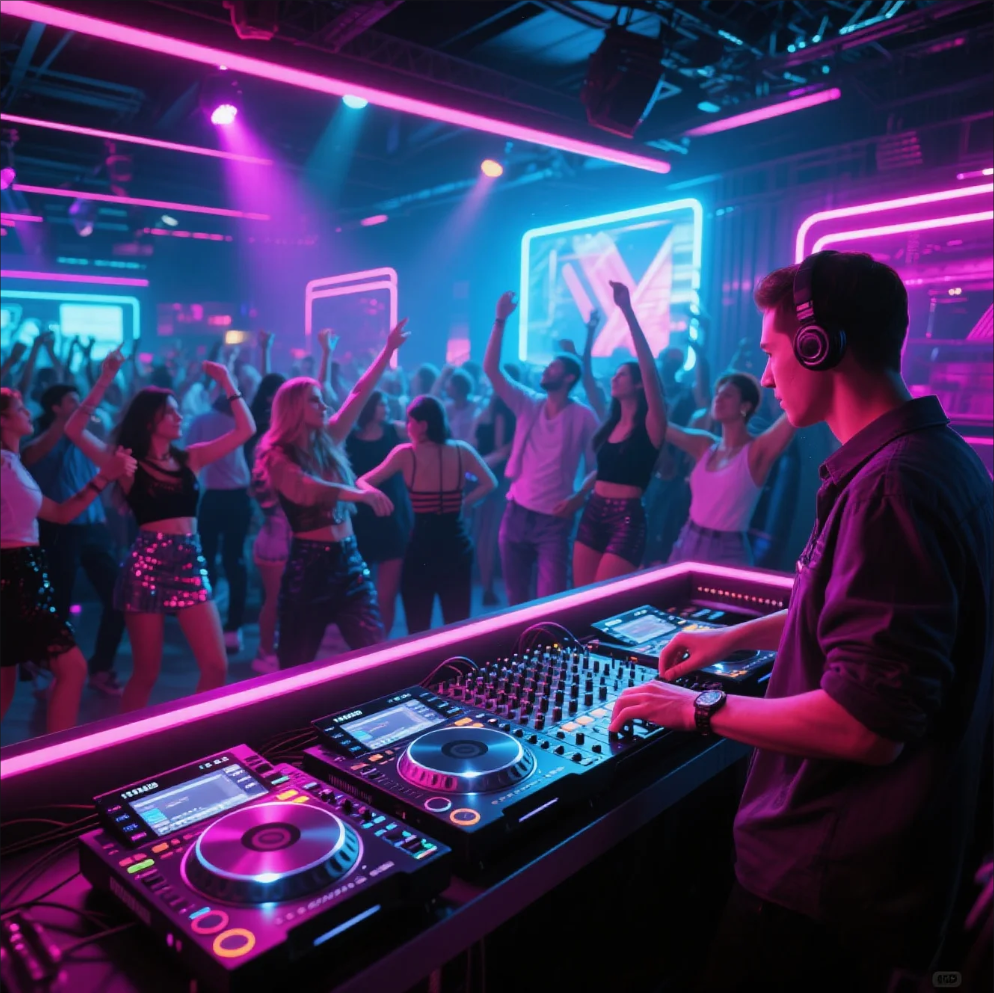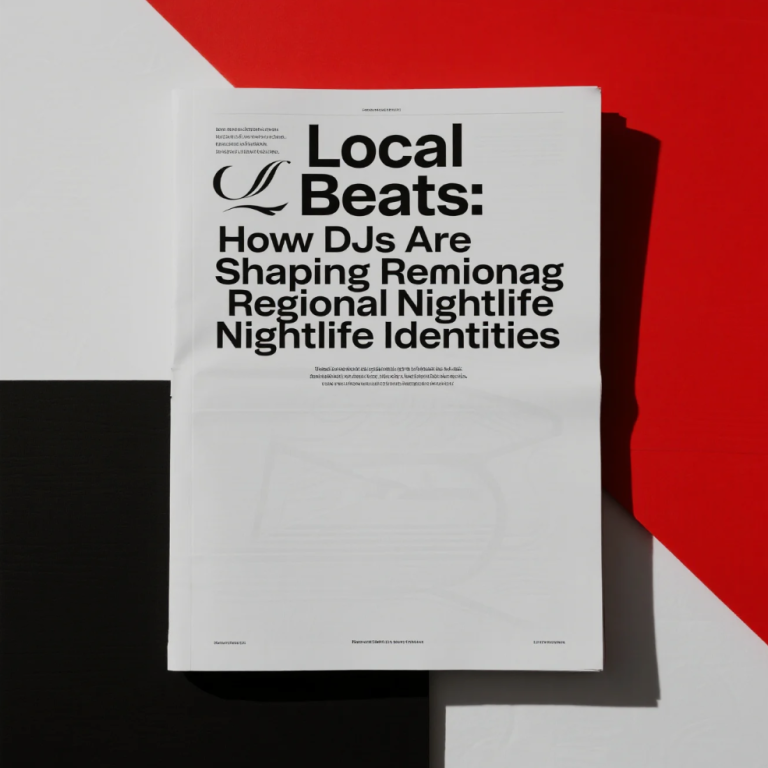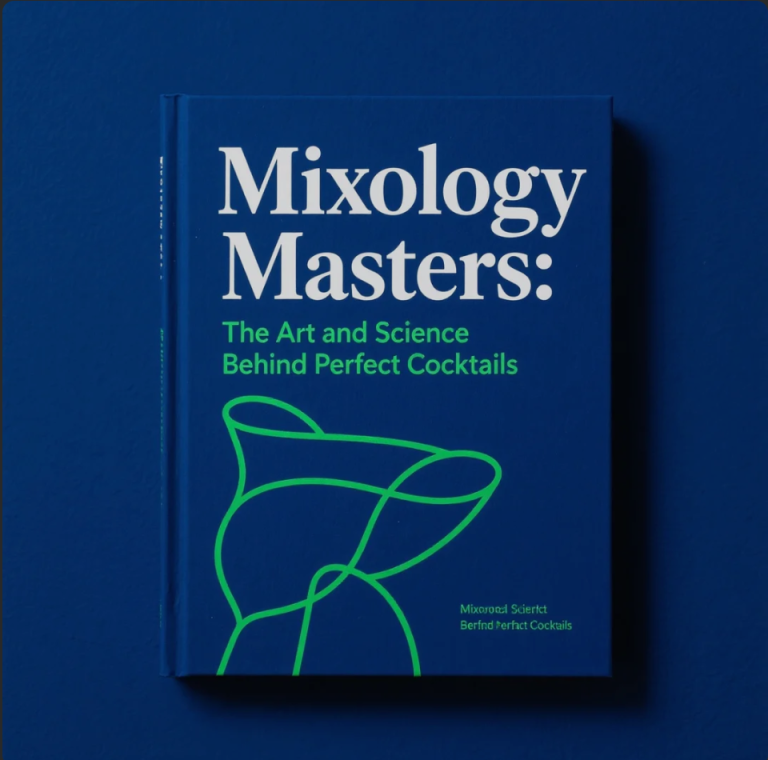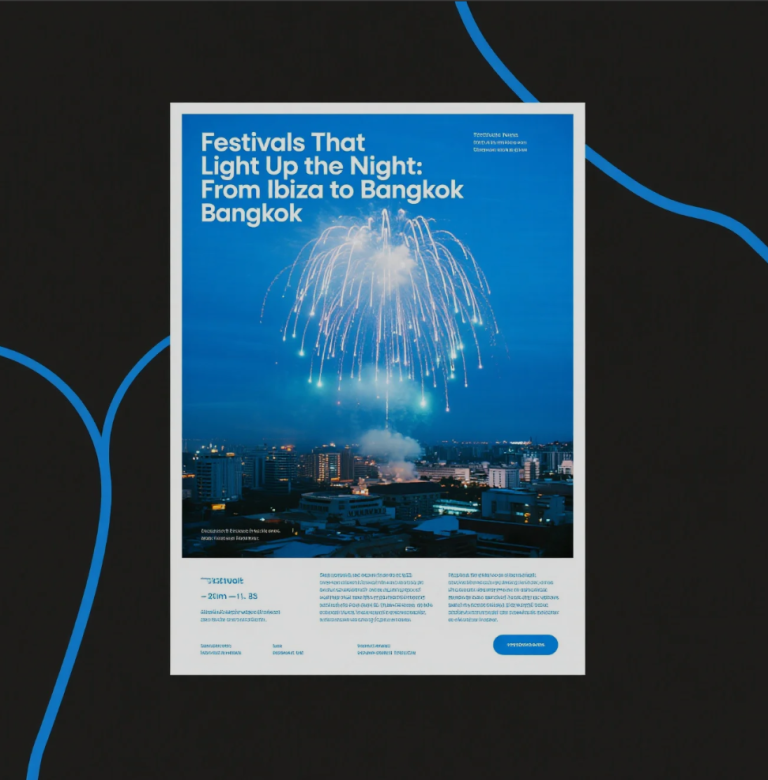
From underground clubs to world-famous music festivals, DJs have become cultural icons who define the sound and spirit of modern nightlife. What started as a niche art form in discos and block parties has grown into a global phenomenon, blending music, technology, and performance to keep crowds moving until sunrise.
1. The Evolution of the DJ
DJs first emerged in the mid-20th century, spinning vinyl records to energize parties. Over time, the role evolved from simply playing songs to curating unique soundscapes, remixing tracks, and even producing original music that dominates global charts.
2. Technology Meets Creativity
Modern DJs rely on powerful tools like digital mixers, turntables, and DJ software to push creative boundaries. This fusion of art and technology has transformed DJing into a performance where visuals, lighting, and beats work together to create unforgettable experiences.
3. Shaping Nightlife Culture
DJs don’t just play music—they set the vibe. From intimate lounges to massive clubs, their ability to read the crowd and adjust the energy defines the success of the night. Genres like EDM, techno, and hip-hop have thrived thanks to DJs who built communities around their sounds.
4. From Local Clubs to Global Icons
Names like Tiësto, David Guetta, and Peggy Gou show how DJs can rise from small venues to international stages, attracting millions of fans. Their influence goes beyond nightlife, shaping fashion, festival culture, and even brand collaborations.
5. The Future of DJ Culture
With live streaming, virtual concerts, and AI-powered music tools, DJs are reaching audiences far beyond the dance floor. As nightlife evolves, one thing is clear: DJs will continue to be at the heart of how we celebrate, connect, and experience music.



